Asquith
Diamond
- Joined
- Mar 3, 2005
- Location
- Somerset, UK
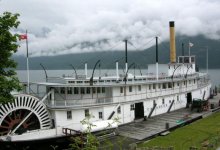 1
1This is the SS Moyie, preserved in the friendly little town of Kaslo on Lake Kootenay, British Columbia, on where it went about its business from 1898 to 1957.
 2
2Port cylinder
 3
3'Pitman' (connecting rod)
 4
4Starboard side
The machinery is very simple. Simple expansion, non-condensing, two cylinder engine.
The piston valves are worked by Stephensons (or similar) link motion. A third eccentric works additional piston valves on top of the main ones, presumably to vary the cut-off. I failed to note how the actual cut-off alteration was made, although it looks as though the valves' operating lever would have to be manually repositioned on the vertical bar in the middle of photo #5 (to follow). Wrong! See post #3.
Last edited:


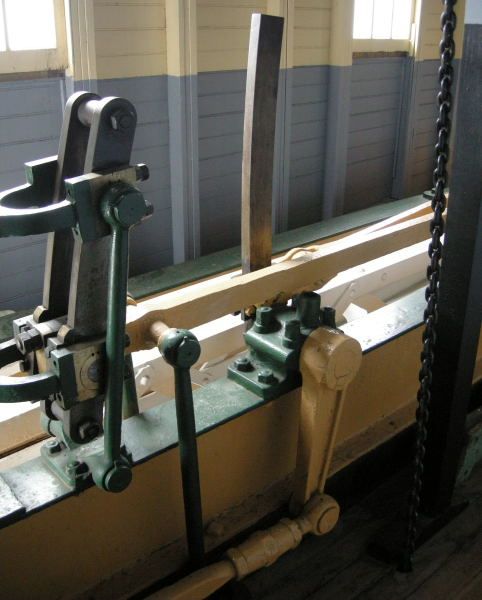




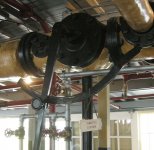





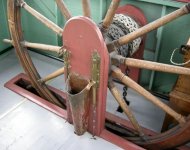








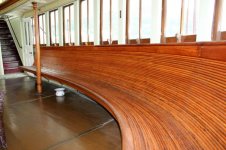
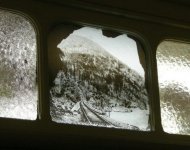




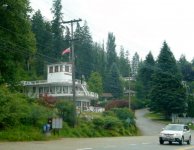
 ). I’d never seen a sternwheeler in the flesh, so wasn’t sure whether it was genuinely boaty or a mock-up. If genuine, I reckoned the owners must have heck of a basement.
). I’d never seen a sternwheeler in the flesh, so wasn’t sure whether it was genuinely boaty or a mock-up. If genuine, I reckoned the owners must have heck of a basement.

